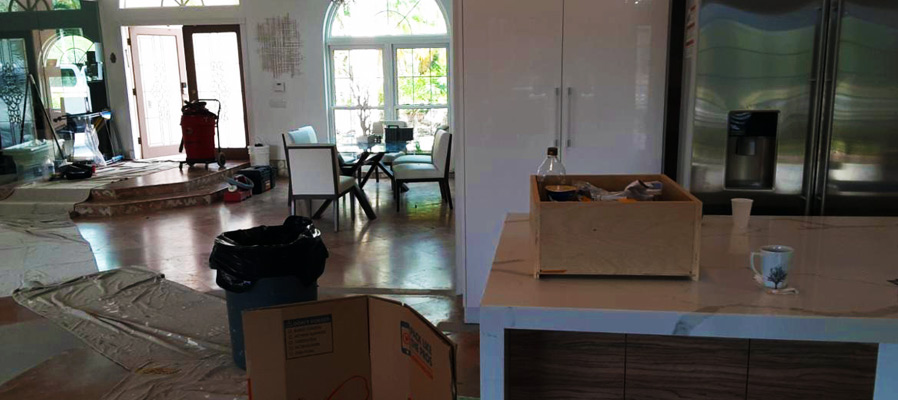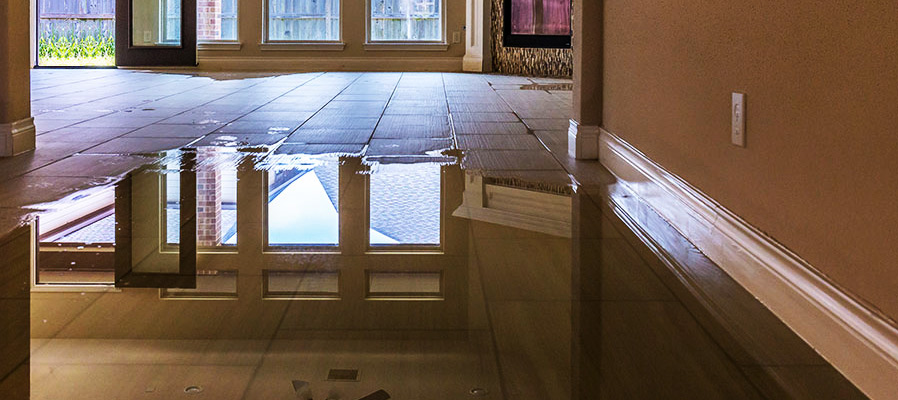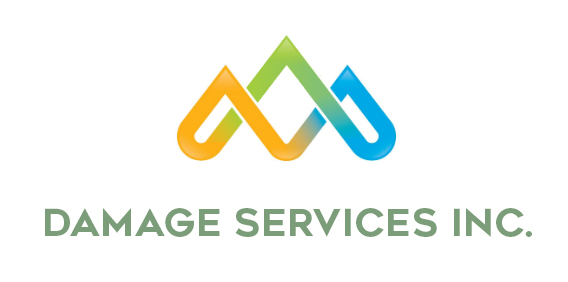What Will Cause Water Damage?

Water damage comes from a wide variety of sources. Heavy rain in a short period of time can penetrate through a variety of locations mainly from the roof, a broken pipe, a backed-up sewage line, and a leaking appliance are all common sources of water damage. No matter how much excess water gets into your home or business, the most important thing to remember is that it must be removed as soon as possible.
What is the Difference Between Water Damage & A Flood

Water that “arises” from the outside from heavy rain, or backup from city sewage fall under “flood insurance” and not under your regular “homeowner” policy. But if the water came from a leaky pipe, rain or almost any other event, it will be falling under Water Damage.
Can the Water be a Risk to My Health?

Floodwater that comes from outside and from sewage backups contains dangerous contaminants such as viruses and bacteria. This can be an issue when not mitigated properly and by professionals. also, If the water isn’t drained within 24-48 hours, structural damage and mold growth can ensue. Even small water leaks can cause damage to the building and lead to mold growth. Mold left unchecked will spread quickly through the home.
Can I Do the Clean-Up Myself?

If you attempt to do the cleanup yourself, you could potentially be causing further damage due to unseen water hidden in your walls, ceilings, and floors. This can lead to mold contamination, or structural damage.
Because of this, it is important to have trained professionals do the work for you.
Damage Services specializes in water damage restoration and cleanup. If you experience unwanted water in your home, call us at 800.292.5777.
How Do Certified Technicians Typically Handle Water Damage?

The first thing professionals do is to locate the cause of the damage and stop it, then they will remove damaged materials that will either be restored or discarded. Materials include baseboards, insulation, furniture, carpeting, upholstery, carpet padding, fragile woods, drywall, and more.
After the damaged items are removed, the technicians begin drying out the water and disinfecting the areas. Specialized tools like air movers and dehumidifiers are typically involved in the drying process. Professionals will also handle mold damage in the restoration process. Mold-infected surfaces will be removed or restored (that is a huge subject) as quickly as possible to prevent it from spreading.
How Long Will it Take for My Home to Dry?

Drying times depend on several factors, including the source of the excess water, the amount of time items were wet, weather conditions, and how much of the building has been affected by water. It’s impossible to determine dryness by looking or even touching; a carpet may feel dry, but the padding or flooring underneath can still be wet. A rough estimate of three to five days for drying works well in most situations.


